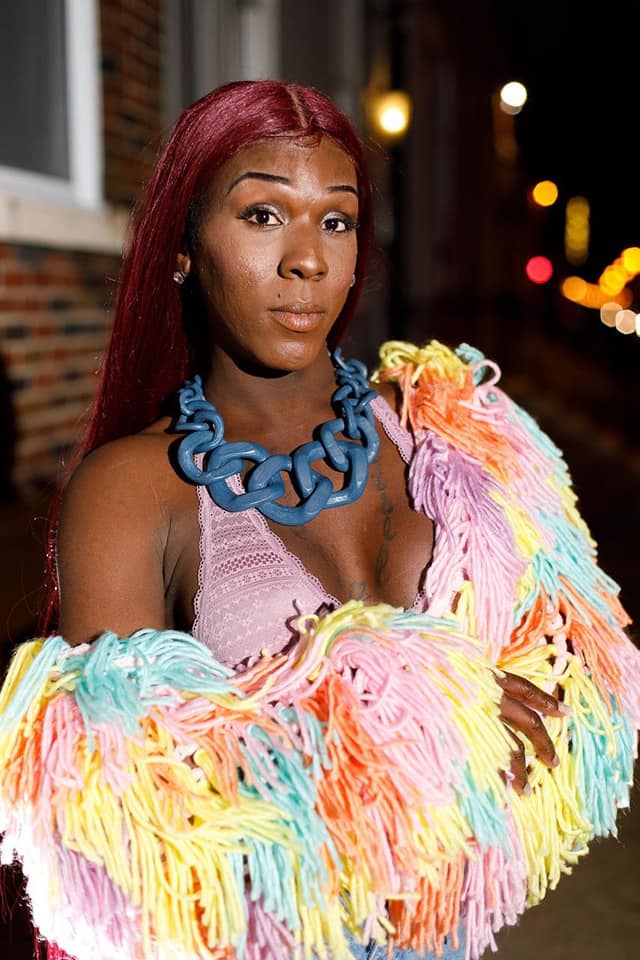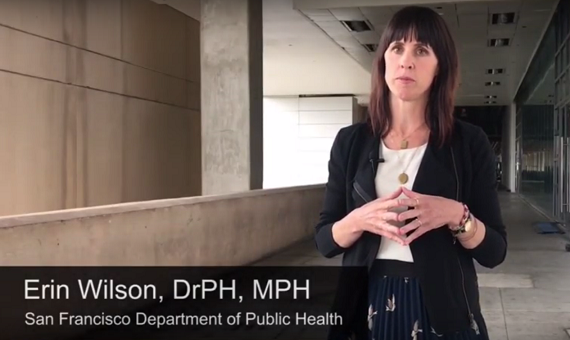Sebastopol Senior Center Forms 2 Groups for LGBTQ Seniors
Women Who Love Women & Men Who Love Men
I am very excited to announce these two online groups starting this week! Please read the descriptions below. Come and feel the connection, and take this time to nurture yourself. I will be a participating helper for John with the Men’s group. These are for seniors 55 and older. No charge, but donations to support our senior center are welcome.
Email me Scotty King at scotty@sebastopolseniorcenter.org for more information, or to sign up. Starts this week. Class accepts 12 people max, sign up now to save your space.
707-827-8429
Gay Men/Bi/Trans Senior Support Group
Weekly group, Thursdays, 4:00-5:00 p.m.
Facilitator: John Olesen
No charge; donations encouraged.
Description: Brothers! This time of international pandemic and isolation provides us with new opportunities to enjoy each other online. You are welcome in this safe and supportive Zoom Group to explore sheltering at home, the “new” intimacy, sexuality, and men’s issues among others. Join John and Scotty to connect. Questions about the group or Zoom?
John Olesen, MA, TEP, has been running experimental groups focused on helping people find connections for health and personal growth for over 30 years. He is the former Clinical Supervisor at the Shanti Project in San Francisco serving people with a life-threatening illness and a co-founder of the Bay Area Morena Institute. Questions about the group or Zoom? Call John Olesen at 415-350-9007
Women Who Love Women: LBTQI Senior Support Group
Weekly on Tuesdays, 3:00-4:15 p.m.; Facilitator: Sharon Hawthorne
During this time of major social upheaval and change is the perfect time to pause and reflect on our own lives and to shape our intentions in order to move forward with mindfulness. Online via Zoom, this weekly discussion group will be a time of coming together to speak from the heart and to listen with compassion.
Still thinking about what you want to do/be when you grow up? Wondering if you’ll ever have a sexual relationship again? How can you contribute knowledge gained in your many years on this planet for the betterment of your own life and others? Whatever is on your mind- let’s encourage each other to speak bravely.
Sharon Hawthorne, facilitator, first worked with women seeking personal empowerment while student teaching The Personal Is Political at Sonoma State University in 1974. More recently, after completing Senior Peer Counseling training, she led group sessions for both straight and gay women at the Sebastopol Area Senior Center. She is delighted to serve as facilitator for this special LBTI group.









